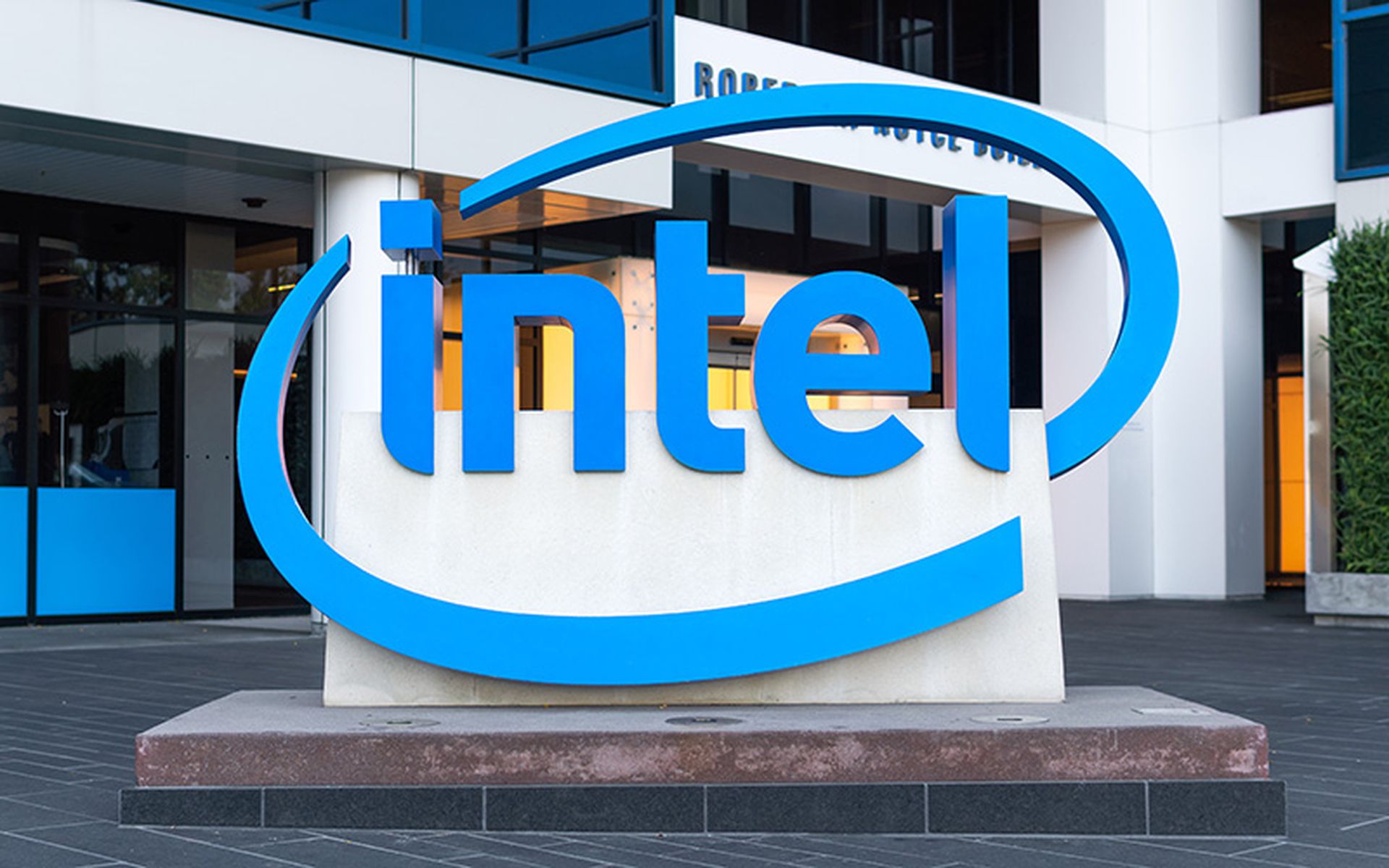IT departments and MSPs have been tackling wide area network challenges for years. The latest tool for the job? Software-Defined Wide Area Network (SD-WAN) technology -- which potentially allows service providers to offer enterprise customers a revolutionary, cloud-delivered and agile way to deploy, manage and monitor hybrid public, private, wireline and wireless networks.
With those goals in mind, Vertek will leverage VeloCloud SD-WAN technology as part of a push to provide Remote Management & Monitoring (RMM) and Helpdesk services to North American MSPs, VARs and CSPs. The services are part of Vertek's eNOC (enhanced Network Operations Center) suite. The eNOC can be "implemented quickly as a turn-key service assurance solution for partners to offer to their customers," the company claims.
MSPs continually weigh the pros and cons of outsourcing their NOC. Assuming the NOC provider truly is a master of automation and customer service, outsourcing relationships can free up MSPs to develop more profitable services. Vertek is one of the first companies we've heard of that's blending SD-WAN, RMM, help desk and NOC services for partners.
SD-WAN Market Growth, Consolidation
The SD-WAN market is expected to reach $9.06 billion by 2021, up from $738.9 million in 2016, according to Markets and Markets. That’s a compound annual growth rate of 65.11 percent, the researcher says.
As of A2 2017, VeloCloud held about 31 percent of the SD-WAN market, followed by Viptela (12 percent), Talari Networks (5 percent), according to the IHS Markit Data Center Network Equipment Quarterly Market Tracker. The rapid market growth has triggered multiple mergers and acquisitions. For instance, Cisco acquired Viptela in May 2017 and VMware acquired VeraCloud in November 2017.
SD-WAN uses software and cloud-based technologies to simplify the delivery of WAN services to remote offices regardless of geographic locatin. Software-based virtualization enables network abstraction that results in simplification of network operations. SD-WAN enables IT and business managers to deploy Internet-based connectivity (with its benefits of ubiquity, high bandwidth and low cost) easily, quickly and with quality, reliability and security, according to CloudExpo.
SD-WAN Technology Advantages Explained
Some of the advantages of SD-WAN solutions are:
- The ability to simplify the branch network - Branch offices can get up and running quickly with zero-touch deployments. There can be on-going monitoring and centralized troubleshooting tools. You can insert network services on the branch edge, in the cloud or in the regional and enterprise data centers.
- Optimize application performance - Whether through Hybrid or Internet links you can provide direct, secure access to enterprise and cloud applications. SD-WAN provides consolidated monitoring and visibility across multiple WAN links and service providers.
- Deliver Branch Agility - Enable multiple links, devices and services to coexist and interoperate with incumbent solutions and make the branch agile. APIs enable integration into various management and reporting systems deployed by enterprises today.
- Reduce Costs - Deliver Hybrid WAN with ease and enable branch offices with ordinary broadband as enterprise-grade WAN. Reduce hardware-delivery costs by choosing from deployment options such as virtual-machine on a commercial-off-the-shelf (COTS) device, or virtual machine on an existing x86-based router or a purpose-built device.
Additional insights from Joe Panettieri.




